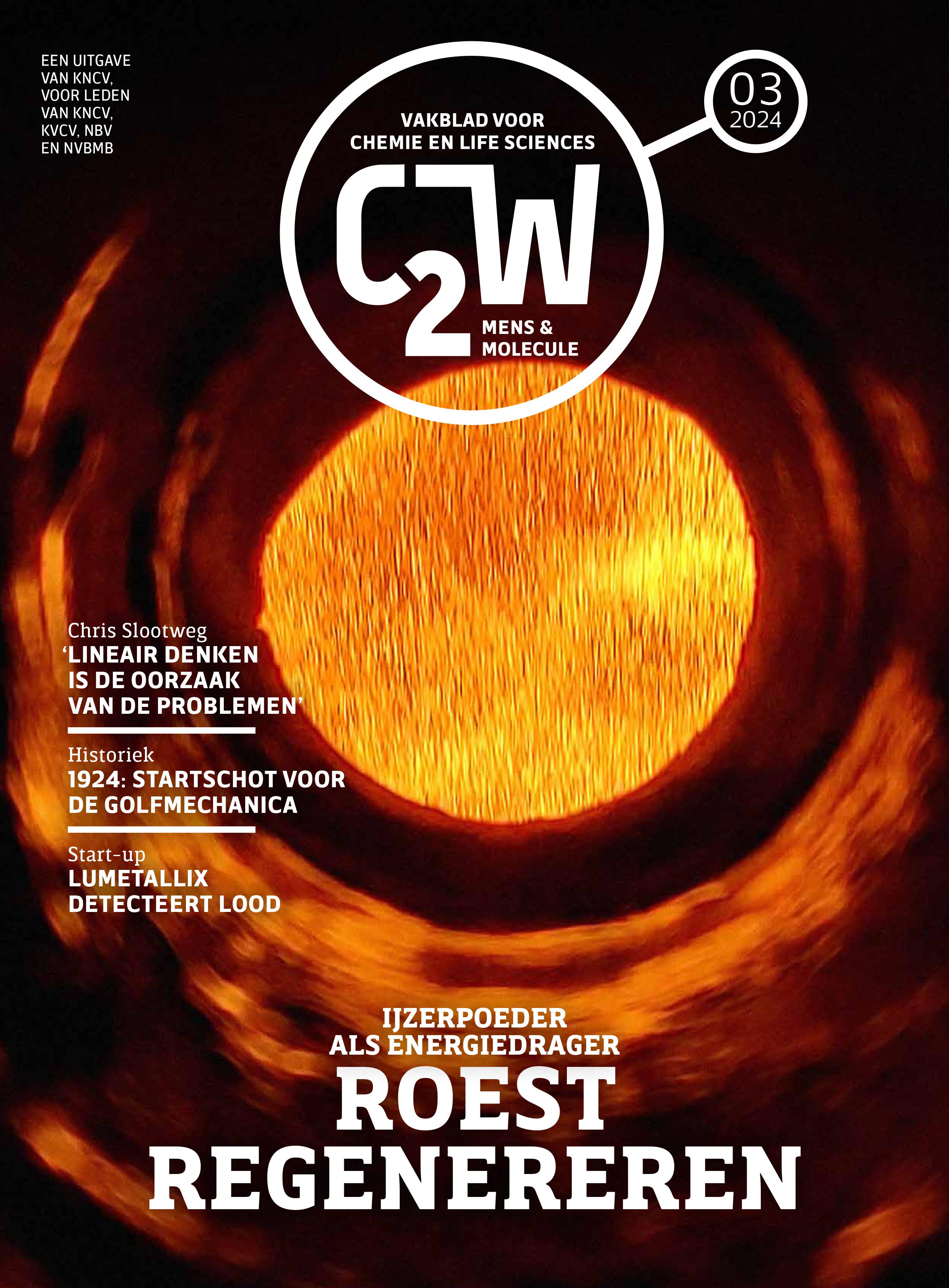Wenst u een activiteit te laten opnemen in deze lijst? Geef uw activiteit door via dit formulier.
Non-invasive monitoring of human body burdens for emerging contaminants

2610 Antwerpen, België
Promovendus/a: Andreia Cristina Henriques Alves
Promotor(en): Adrian Covaci, Stefan Voorspoels
The present work investigates the human exposure to different classes of environmental pollutants, including perfluoroalkyl substances (PFAS), phthalate esters (PEs), organophosphate esters (OPEs or commonly denominated phosphate flame retardants (PFRs)) and emerging flame retardants (EFRs). Depending on the group of substances, these chemicals can be used as surfactants in consumer applications (e.g. surface coatings for carpets, etc.), as plasticizers, additives in polymers or in solvents (e.g. textile products, toys, personal-care products, medical devices) or simply as substances that impart flame retardancy to diverse products (e.g. electronics, auto parts, etc.).
The widespread usage of these chemicals and the consequent continuous human contact with consumer products (especially those health related) where those chemicals are incorporated in, raised concern in the last decades.
As one of the major concerns the accumulative health risk of those substances in humans is listed. Many of these chemicals that are not prone to undergo metabolism (e.g. PFAS) and/or are not totally excreted from our body (via urine, feces, sweat) in 24h or 48h after exposure, will pose an elevated risk of bioaccumulation and have serious potential of adverse health effects in humans in the long-term. Moreover, some of these well-known chemicals have proven toxicity and endocrine disrupting effect in humans.
Human biomonitoring has contributed to a better understanding of human exposure to some of these chemicals. In recent years there was an increasing interest for alternatives that are less invasive for the volunteers/patients and that can translate a wider exposure timeframe (weeks to months). Hence, the so called non-invasive biomonitoring approaches gained research interest.
In this PhD work, the potential of matrices such as hair, nails (finger and/or toe) and urine to reflect exposure was one of the major objectives. Drawbacks associated to the use of non-invasive sampling, namely the low sample amount (or volume) and the detection of the contaminant’s levels at trace concentrations (ng/g, ng/mL) were a challenge. Another important objective is to work towards flexible and broadly applicable methods that require little sample preparation time and are easy, fast, cheap and environmental friendly. As a result, novel miniaturized extraction procedures (e.g. ultrasound-assisted dispersive liquid-liquid microextraction (US-DLLME)) were explored.
Method optimization (development) and validation are discussed for the different classes of organic contaminants using hair/nails collected from diverse individuals/sub-populations.
Ultimately, this work will focus on aspects of the in vitro metabolism and biomonitoring of a selected group of alternative chemicals to PEs and FRs.
Alle datums
- 2017-03-27 16:00
Powered by iCagenda

